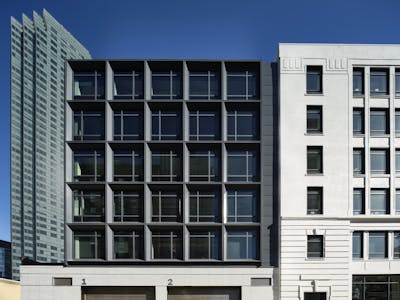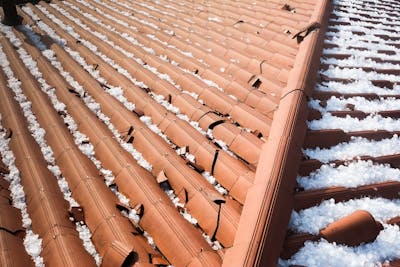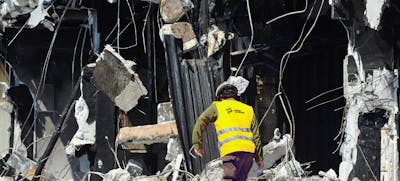The topic of resilience is receiving a lot of attention, though there is yet to be a consensus on its definition. Numerous associations address resilience differently with some focusing on sustainability while others is on seismic events.
Key Takeaways
- We define resilience as intentional strategies that go beyond minimum requirements
- Our experience helps us present risk-based solutions that improve building performance
- Operational protocols maintain institutional knowledge and address specific actions to take
Overview
In the world of engineering design, the topic of resilience is receiving a great deal of attention, although we have yet to reach general consensus on its definition. Numerous associations are forming, and they all address resilience differently. For instance, the Resilient Design Institute’s main focus is sustainability, while the U.S. Resiliency Council is focused on seismic events. Resilience will also differ depending on your geographic location. On the east coast, the attention is flooding and wind loading, while on the west coast, the prominent focus is on seismic resilience.
Resilience defined
We are defining resilience as: intentional and strategic design beyond the minimum code. The scale varies between an individual property to an entire community. Regardless of the scale, we are designing for the ability to function either immediately after or during an event, depending on client and user needs. Using flooding as an example, we have designed the first floor of a critical building in a coastal surge zone as an area with no critical operations and with materials that allow quick restoration, while isolating the floors above so that they can remain in continuous operation. Providing building interconnections at the second level provides safe communication during surge events.
Improving performance
We are looking to improve the performance of facilities during disaster events and focus on client-specified objectives. Understanding the potential impacts and taking that knowledge into consideration is part of the normal basis of design definition. Our experience in how to address these potentially disastrous events allows us to present risk-based alternatives that help improve the performance of a resilient facility.
Hardening vs adaptability
Whether considering sea level rise in coastal areas, extreme wind events due to hurricanes and tornados, earthquakes, or any other environmental factor, it is important that we evaluate both the structure and its environment to determine the proper mix of hardening vs. adaptability measures. After all, resiliency is not about creating bunker-like structures, but creating an environment that is survivable and able to continue to perform after the disaster.
Develop operational protocols
Just as important as the building’s resilient design elements, helping the owner develop operational protocols for actionable measures is a must. While passive protection systems that do not require human intervention are preferable, there are times when active systems are necessary to allow for the ease of daily operations. In some instances, just having the protection systems in place does not guarantee protection. These disasters, by definition, are rare and often unpredictable, so enabling the protection systems is not a routine action.
Review and improve
A written protocol maintains the institutional knowledge of how the systems work and should address communications, specific actions to be taken, what events trigger action, and assign those responsible. The protocol should include annual and new staff onboarding training on the implementation of the protection systems. Experience shows that over time, false warnings have tended to cause a latency in action, so the triggers must be well thought out and reviewed over time based on experiences and new technology that can decrease the false alarms.



